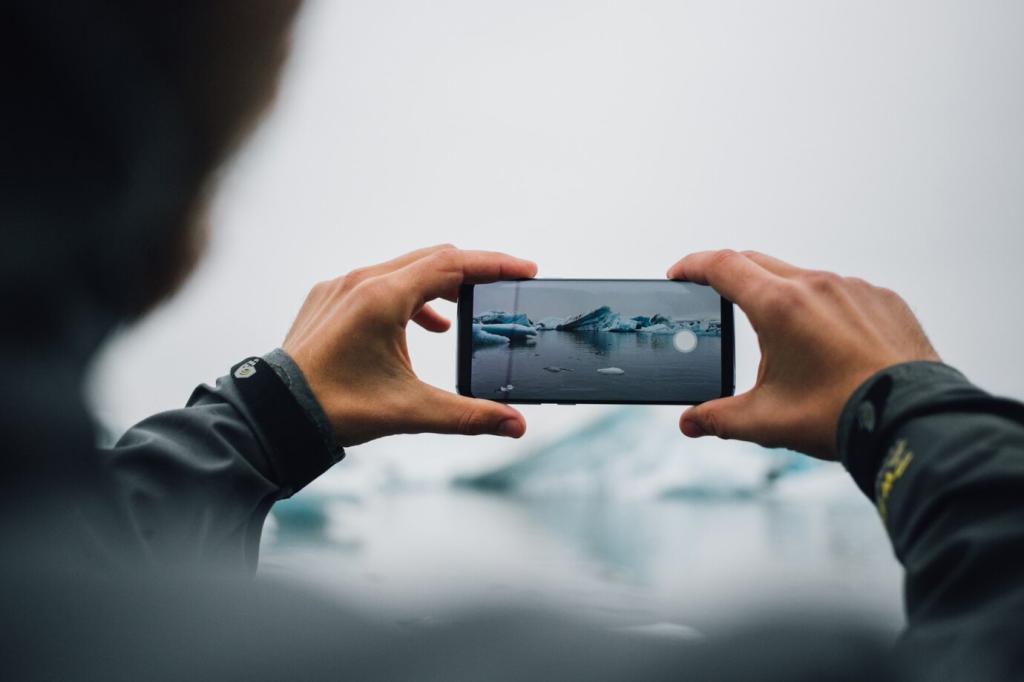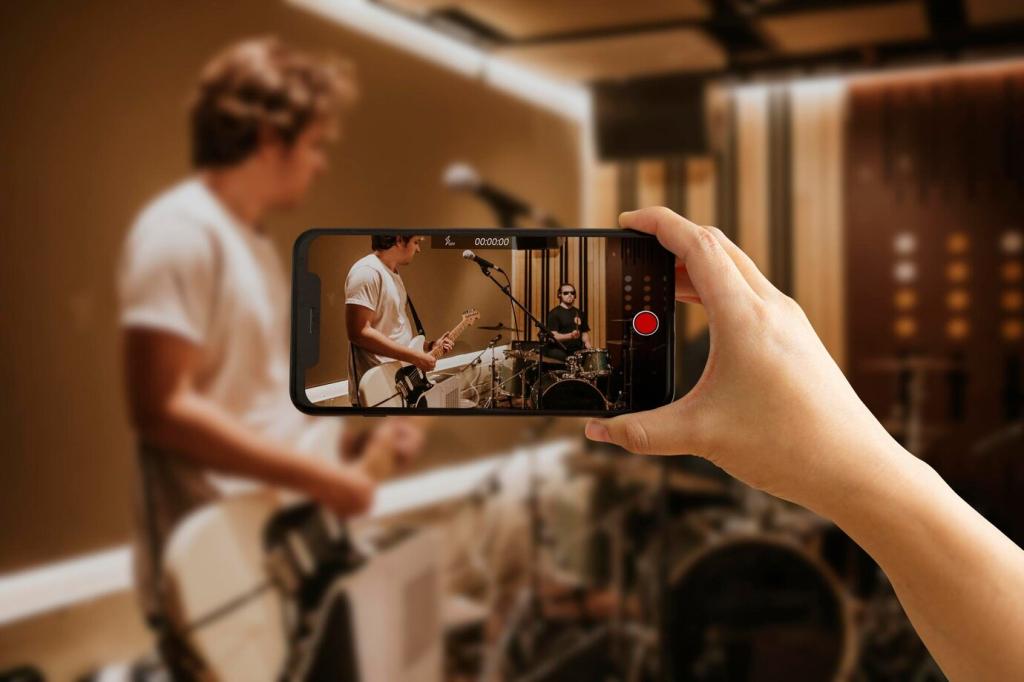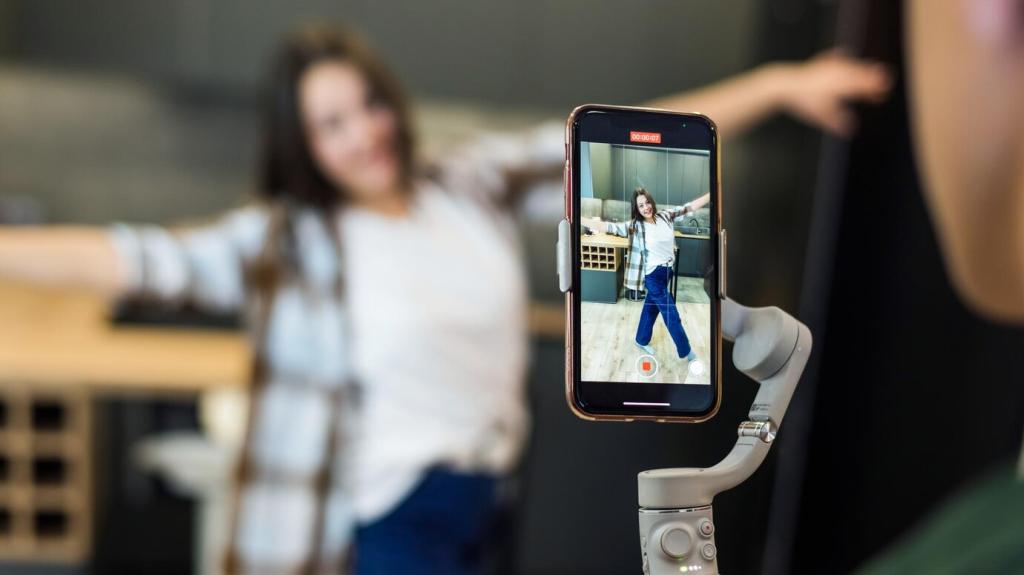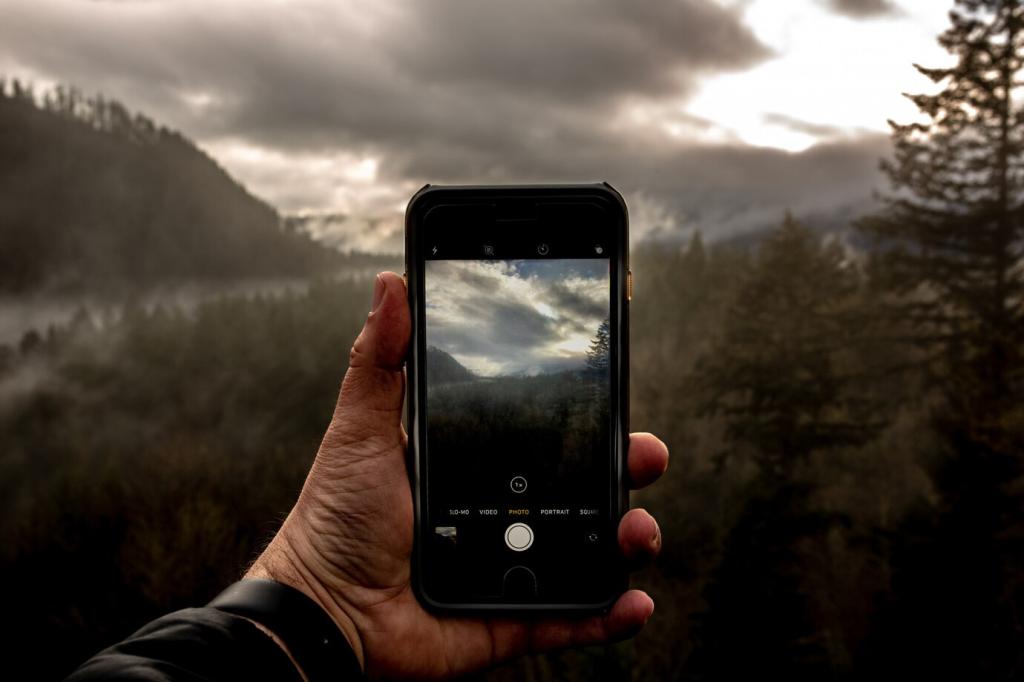Chosen theme: Sound Recording Tips for Smartphone Filmmakers. Transform your phone into a reliable audio tool with clear, field-tested advice, relatable stories, and simple setups you can apply today. Read on, try a tip, and tell us what changed your sound.


Clip a lavalier 15–20 cm from the mouth, avoiding clothing edges that rub. Hide the mic under a layer of fabric with a tiny loop to reduce cable tug. Use medical tape or foam mounts to defeat rustle before it becomes unfixable.

Directional mics reject side noise but need aiming discipline. Mount on a small boom or compact shock mount to reduce handling thumps. In loud streets, move closer rather than cranking gain; directionality helps, but proximity is still king for clarity.

Smartphones usually require TRRS or a digital interface. Use the correct TRS–TRRS adapter for camera mics, or go USB-C/Lightning for cleaner preamps. Verify plug-in-power needs and avoid daisy-chaining cheap dongles that add hiss, hum, and mysterious failures.
Taming Spaces: Locations, Acoustics, and Room Tone
Scout smart and silence the loudest offenders
Listen for HVAC, fridges, elevators, and traffic reflections. Ask to pause air handlers for takes, or move two rooms away. Even shifting one meter from a reflective wall can soften echo and sharpen intelligibility without any plugin magic later.


DIY treatment with what you already own
Hang coats, blankets, or a duvet behind the camera and near hard corners. Lay a rug to calm footstep thumps. A simple pillow just out of frame can tame flutter echo, making your smartphone mic feel suddenly more expensive and controlled.
Wind, Handling, and Clothing Noise Control
Beat the breeze with proper wind protection
Foam windscreens help indoors, but outdoors you need a furry windshield. Shield the mic from direct gusts with your body or a bag. Even a quick turn out of the wind’s path can rescue a crucial line from becoming unusable.
Handle gently and isolate vibrations
Use a phone clamp, mini rig, or small tripod to keep fingers off the mic path. A shock mount reduces low thumps dramatically. If you must handhold, rest elbows against your torso and avoid cable taps that travel straight into the recording.
Tackle clothing rustle and accessories
Remove jangly jewelry and badge lanyards. For lavs, create a broadcast loop and secure the cable with tape to prevent tugging. If fabric still crackles, reposition to the placket or knot a small piece of moleskin between mic and shirt.

Use apps that reveal real controls
Pick software that sets 48 kHz, disables auto gain, and shows reliable meters. Filmic Pro, Shure MOTIV, and Rode Reporter are solid options. If available, enable a -6 dB safety track to catch sudden peaks without ruining the main take.

Record in 24-bit for forgiving headroom
When supported, 24-bit capture preserves detail and protects from clipping better than 16-bit. Keep peaks healthy but not hot, and resist chasing loudness on set. Consistent, conservative gain beats heroic fixes with aggressive noise reduction later.

Sync strategies that actually work
If dual-system recording, clap once on camera for a visible spike, or use a slate app with a beep. Align waveforms in post quickly. Keep your phone and recorder clocks close—short shoots drift less, but a clean sync mark saves minutes.



